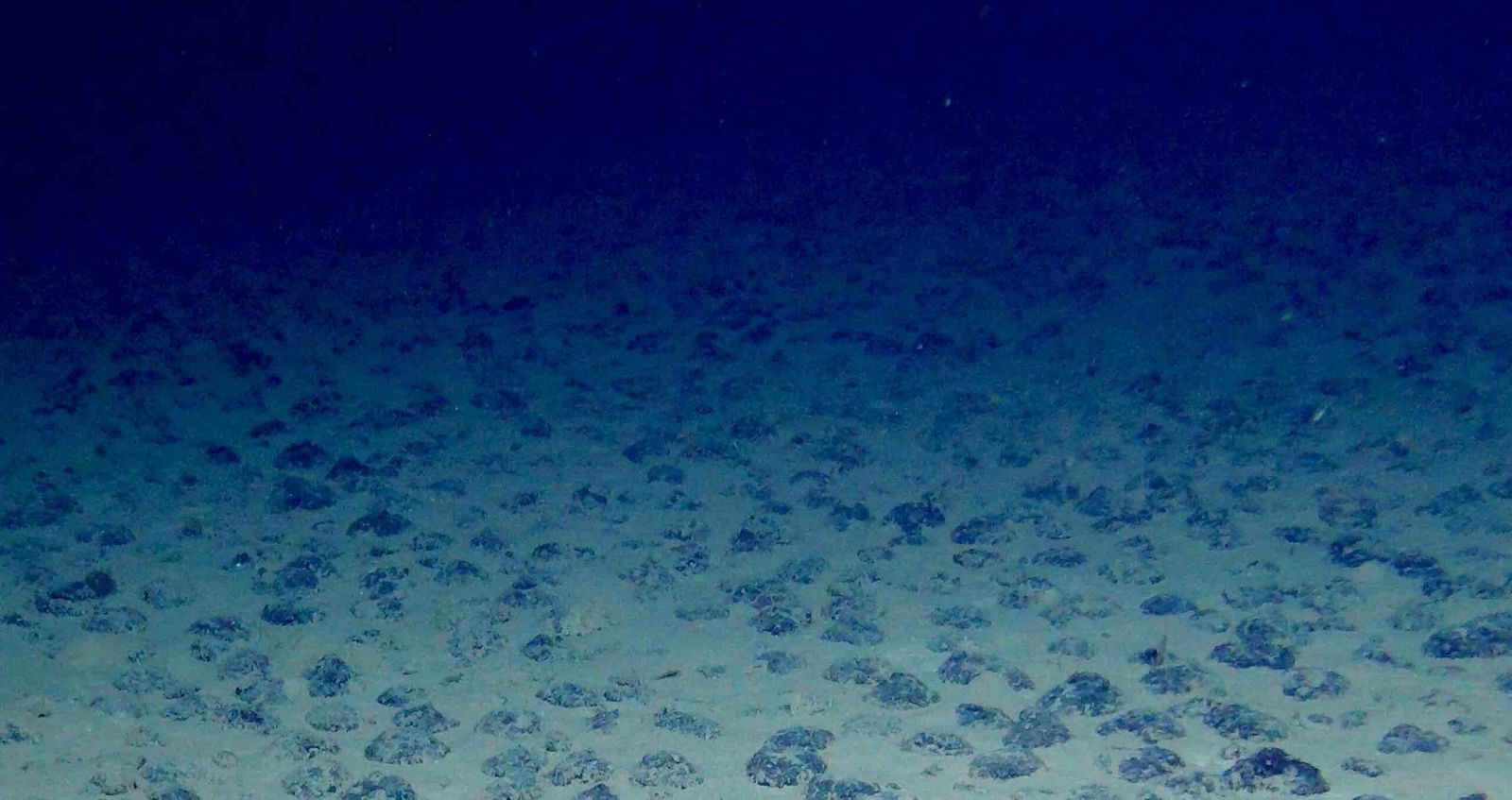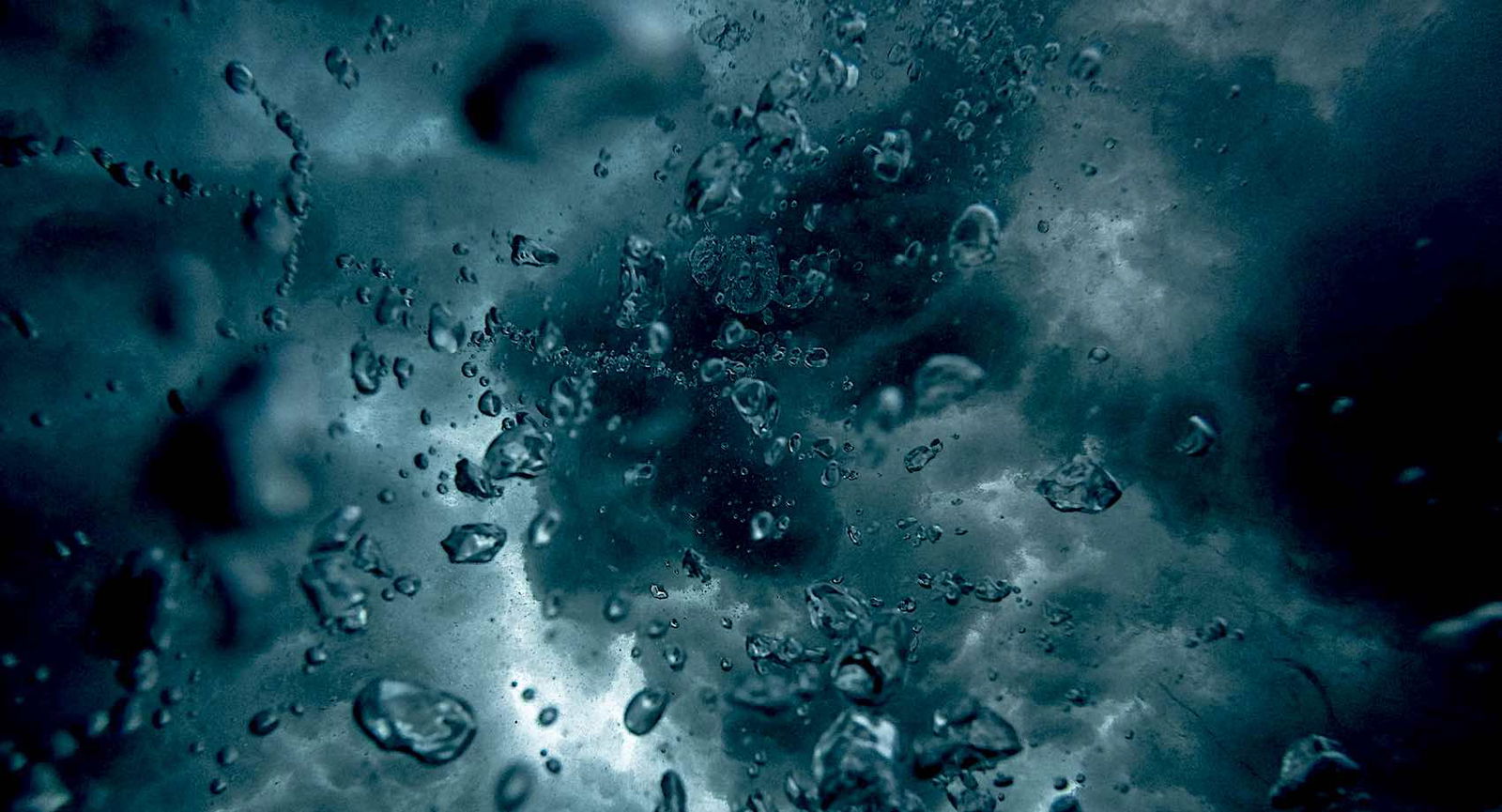Scientists have discovered metallic minerals on the deep ocean floor that produce “dark oxygen,” according to findings presented in a new study that potentially upend past assumptions that our planet’s oxygen is produced solely by photosynthetic organisms.
The discovery, made at a depth of 13,000 feet below the ocean surface, shows that oxygen can be produced even in the complete darkness of Earth’s sea bottoms. The new findings could potentially challenge our current understanding of the origins of aerobic life on Earth.
The Discovery of ‘Dark Oxygen’
“For aerobic life to begin on the planet, there had to be oxygen, and our understanding has been that Earth’s oxygen supply began with photosynthetic organisms,” said Andrew Sweetman of the Scottish Association for Marine Science (SAMS), who made the groundbreaking discovery while sampling the seabed of a mountainous submarine ridge in the Pacific Ocean known as the Clarion-Clipperton Zone.
“But we now know that there is oxygen produced in the deep sea, where there is no light,” Sweetman added.
According to Sweetman and his colleagues, the key to the discovery involves polymetallic nodules, natural mineral deposits on the ocean floor. These nodules, some of which can be as small as tiny sand grains and others as large as a baseball, are composed of metals such as cobalt, copper, lithium, manganese, and nickel, all of which are critical for battery production.


Now, with the revelation that oxygen production has been associated with these nodules, Sweetman and other researchers involved with the discovery are already reconsidering the implications for industries that include deep-sea mining.
“We need to rethink how to mine these materials, so that we do not deplete the oxygen source for deep-sea life,” said Franz Geiger, a researcher at Northwestern University who led the team’s electrochemistry experiments that potentially could help to explain the phenomenon. Geiger, along with Sweetman, is the co-author of a new study published in Nature Geoscience that describes the research team’s findings.
A Surprising Discovery
Initially, Sweetman thought the detection of oxygen on the ocean floor might have been a result of sensor errors.
“We would come home and recalibrate the sensors, but, over the course of 10 years, these strange oxygen readings kept showing up,” Sweetman said in a statement.
Additional verification through other means ultimately helped confirm the surprising discovery, prompting Sweetman to contact Geiger in the summer of 2023 to explore the potential ways oxygen might be produced under such unusual circumstances.
Geiger’s past research involved studies involving how rust and saltwater can generate electricity, which led the pair to begin investigating the possibility that polymetallic nodules that proliferate on the seafloor could be generating enough electricity to account for the presence of oxygen resulting from seawater electrolysis.
A mere 1.5 volts—roughly the voltage of a typical AA battery—provides enough energy to split seawater into hydrogen and oxygen. During testing, individual nodules were observed to produce up to 0.95 volts, and while surprising by itself, this falls well short of the required voltage for electrolysis. However, Sweetman and Geiger found that when clustered together, multiple nodules can function essentially the same as several batteries connected in a series, providing ample voltage to produce oxygen.
These “geobatteries” within the Clarion-Clipperton Zone likely possess enough energy to meet global supply demands for several decades. The downside, however, is that past studies from several decades ago reveal that areas where deep ocean mining has occurred reveal virtually no recovery, even down to simple organisms.
“In 2016 and 2017, marine biologists visited sites that were mined in the 1980s and found not even bacteria had recovered in mined areas,” Geiger said in a recent statement.
“In unmined regions, however, marine life flourished,” he added. As to why these mined portions of the ocean floor remain veritable “dead zones” for decades remains a mystery.
For Geiger, such problems place “a major asterisk onto strategies for sea-floor mining as ocean-floor faunal diversity in nodule-rich areas is higher than in the most diverse tropical rainforests.”
The new paper by Sweetman, Geiger, et al, “Evidence of dark oxygen production at the abyssal seafloor,” appeared in the journal Nature Geoscience on July 22, 2024.
Micah Hanks is the Editor-in-Chief and Co-Founder of The Debrief. He can be reached by email at micah@thedebrief.org. Follow his work at micahhanks.com and on X: @MicahHanks.

